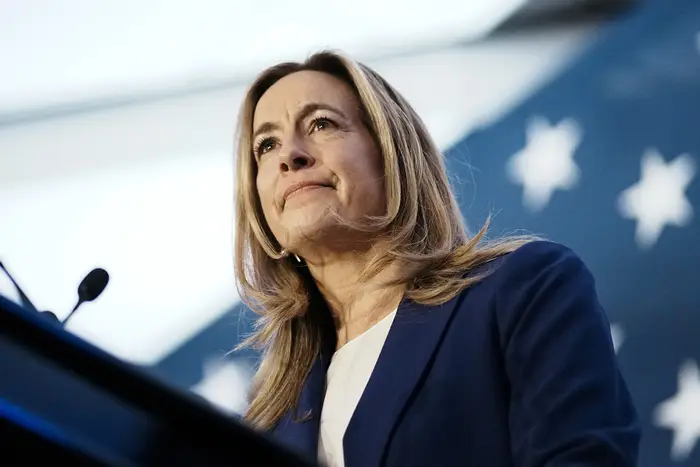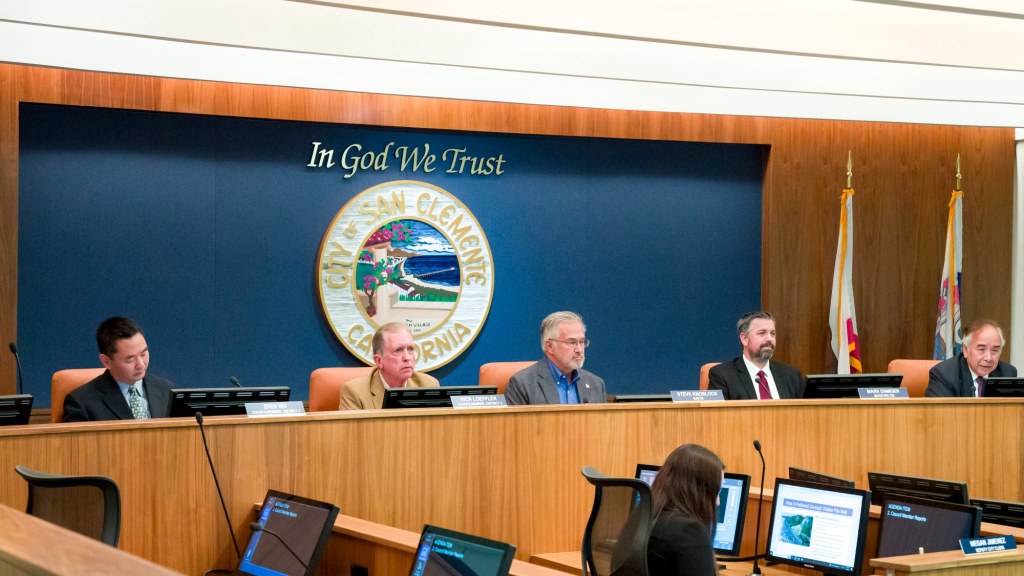UPDATE: Mikie Sherrill has just been declared the new governor of New Jersey, winning by an unexpected 13-point margin against her Republican opponent, Jack Ciattarelli. This shocking election result has turned five counties from red to blue, marking a significant shift in the state’s political landscape. However, as Sherrill prepares to take office on January 1, 2024, she faces daunting budget realities that could define her administration.
New Jersey is grappling with a structural budget deficit, currently spending around $2 billion more than it collects in tax revenue. Traditionally, the state has relied on federal assistance to bridge such gaps, but with the Trump administration withholding hundreds of millions in aid, the financial landscape is bleak. Experts predict that the loss of Medicaid funding could exceed $3 billion in upcoming years, leaving Sherrill with tough choices.
“Help from Washington is not going to be there anymore,” warns Dan Cassino, a government professor at Fairleigh Dickinson University. He emphasizes that Sherrill may need to raise taxes while cutting vital services, a move that could provoke public backlash. “It is a poison chalice. I am not sure why anybody wants to do this job,” he adds.
Immediately following her victory, Sherrill expressed a commitment to delivering on her campaign promises, including tackling rising electric bills and increasing affordable housing. But as she steps into one of the most powerful gubernatorial roles in the nation, the pressure is mounting to provide immediate solutions.
The governor’s budget proposal is due by February, and Sherrill will have the authority to make significant alterations to appropriations passed by the legislature. “It gives the governor a lot of opportunity to define the priorities of the state,” notes Kristopher Shields, director of the Rutgers University Eagleton Center on the American Governor. However, with such power comes immense responsibility.
Former Governor Phil Murphy faced criticism for not adequately addressing spending concerns ahead of impending federal cuts. “All eyes fall to the governor to solve every state problem,” states Micah Rasmussen, director of the Rebovich Institute for New Jersey Politics. “No sooner do you tamp down one issue than there’s five other issues that are flaring up.”
Sherrill’s win disrupts a 60-year trend of alternating party control in the governor’s mansion. However, the challenges she faces are formidable. Many residents desire lower taxes but are unwilling to sacrifice the state services they rely on. “These problems are difficult and perhaps impossible to fix,” Cassino asserts.
As Sherrill prepares her strategy, details on how she plans to implement her affordability initiatives remain sparse. For instance, her proposal to freeze energy price hikes lacks clarity on its feasibility. “One of the first things that she’ll have to do is put some meat on those bones,” says Matt Hale, an associate professor at Seton Hall University.
With a strong Democratic majority in the state legislature—at least 55 seats in the Assembly and a 25-15 advantage in the Senate—Sherrill has political backing. Yet, experts caution that the upcoming years could be challenging. “Whether that’s battling the federal government or whether it’s decreased revenues from Trump, I think it could be a pretty set of lean years,” Hale concludes.
As Sherrill prepares to navigate these complex issues, New Jerseyans are left wondering how her administration will balance fiscal responsibility with the needs of its citizens. The next few months will be crucial in determining the future trajectory of the state.







